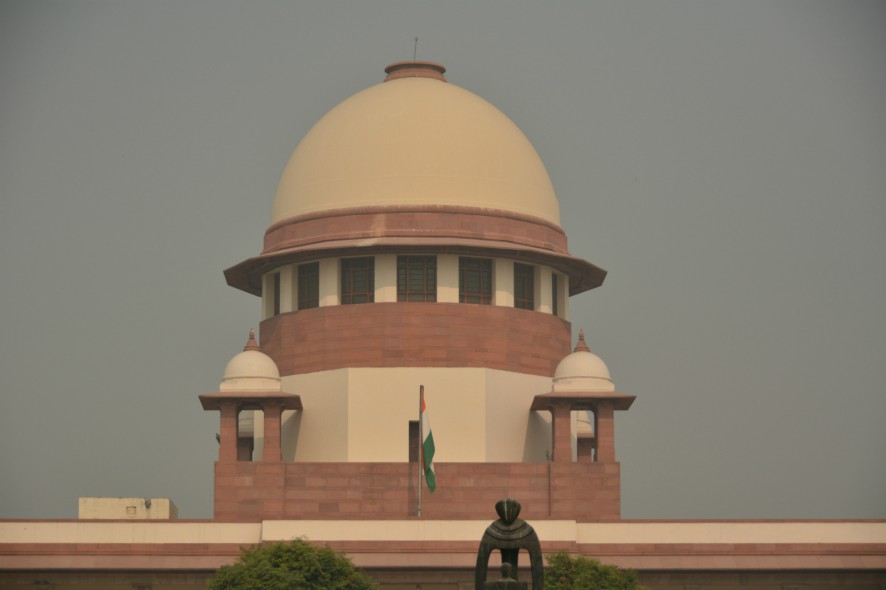Supreme Court: While dealing with the issue relating to extra-judicial executions said to have been carried out by the Manipur Police and the armed forces of the Union, the division bench comprising of Madan B Lokur and Uday Umesh Lalit JJ., held that the allegation of excessive force must be thoroughly enquired into.
The petitioners claim to have compiled 1528 alleged extra-judicial executions carried out by the police and security forces in Manipur. It was alleged that the victims of the extra-judicial executions include innocent persons with no criminal record but they are later on labeled as militants. On the other hand, Attorney General Mukul Rohatgi while opposing any investigation or inquiry into the alleged extra-judicial killings contended that a war-like situation has been and is prevailing in Manipur. It is to control any escalation of the situation that vast powers have been given to the armed forces under AFSPA and the constitutionality of AFSPA has been upheld by the Constitution Bench in Naga People’s Movement of Human Rights.
The question before the Court was (a) to quell this internal disturbance, has there been use of excessive force by the Manipur Police and the armed forces in the 1528 cases compiled by the petitioners through fake encounters or extra-judicial executions during the period of internal disturbance in Manipur as alleged by the petitioners. (b) Has the use of force by the armed forces been retaliatory to the point of causing death and was the retaliatory force permissible in law on the ground that the victims were ‘enemy’ as defined in Section 3(x) of the Army Act?
The Court after perusal of arguments advanced held that an allegation or complaint of absence of a reasonable connection between an official act and use of excessive force or retaliatory force cannot be countenanced and an allegation of this nature would always require to be met regardless of whether the State is concerned with a dreaded criminal or a militant, terrorist or insurgent. The bench also said that the allegation of excessive force must be thoroughly enquired into. The Court also noted that according to Justice Hegde Commission, none of the victims in the six cases examined by it at the instance of this Court had any criminal antecedents or that there was any credible evidence to show that they had affiliations with a banned or unlawful organization. Therefore, it would not be correct to say that merely because a person was carrying arms in a prohibited area, that person automatically became an enemy or an active member of a banned or unlawful organization.
The Court further reiterated the view expressed by the Constitution Bench of this Court in Naga People’s Movement of Human Rights, (1998) 2 SCC 109 that the use of excessive force or retaliatory force by the Manipur Police or the armed forces of the Union is not permissible. Hence, the Court issued the following Directions:
(a) Of the 62 cases that the petitioners have documented, their representative and the learned Amicus will prepare a simple tabular statement indicating whether in each case a judicial enquiry or an inquiry by the NHRC or an inquiry under the Commissions of Inquiry Act, 1952 has been held and the result of the inquiry and whether any First Information Report or complaint or petition has been filed by the next of kin of the deceased. We request the NHRC to render assistance to the learned Amicus in this regard. We make it clear that since a Magisterial Enquiry is not a judicial inquiry and, as mentioned above, it is not possible to attach any importance to Magisterial Enquiries, the tabular statement will not include Magisterial Enquiries.
(b) The representative of the petitioners and the learned Amicus will revisit the remaining cases (1528 minus 62) and carry out an identical exercise as above. This exercise is required to be conducted for eliminating those cases in which there is no information about the identity of the victim or the place of occurrence or any other relevant detail and then present an accurate and faithful chart of cases in a simple tabular form.
[Extra Judicial Execution Victim Families Association (EEVFAM) v. Union of India, 2016 SCC OnLine SC 685, decided on 8.07.2016]







